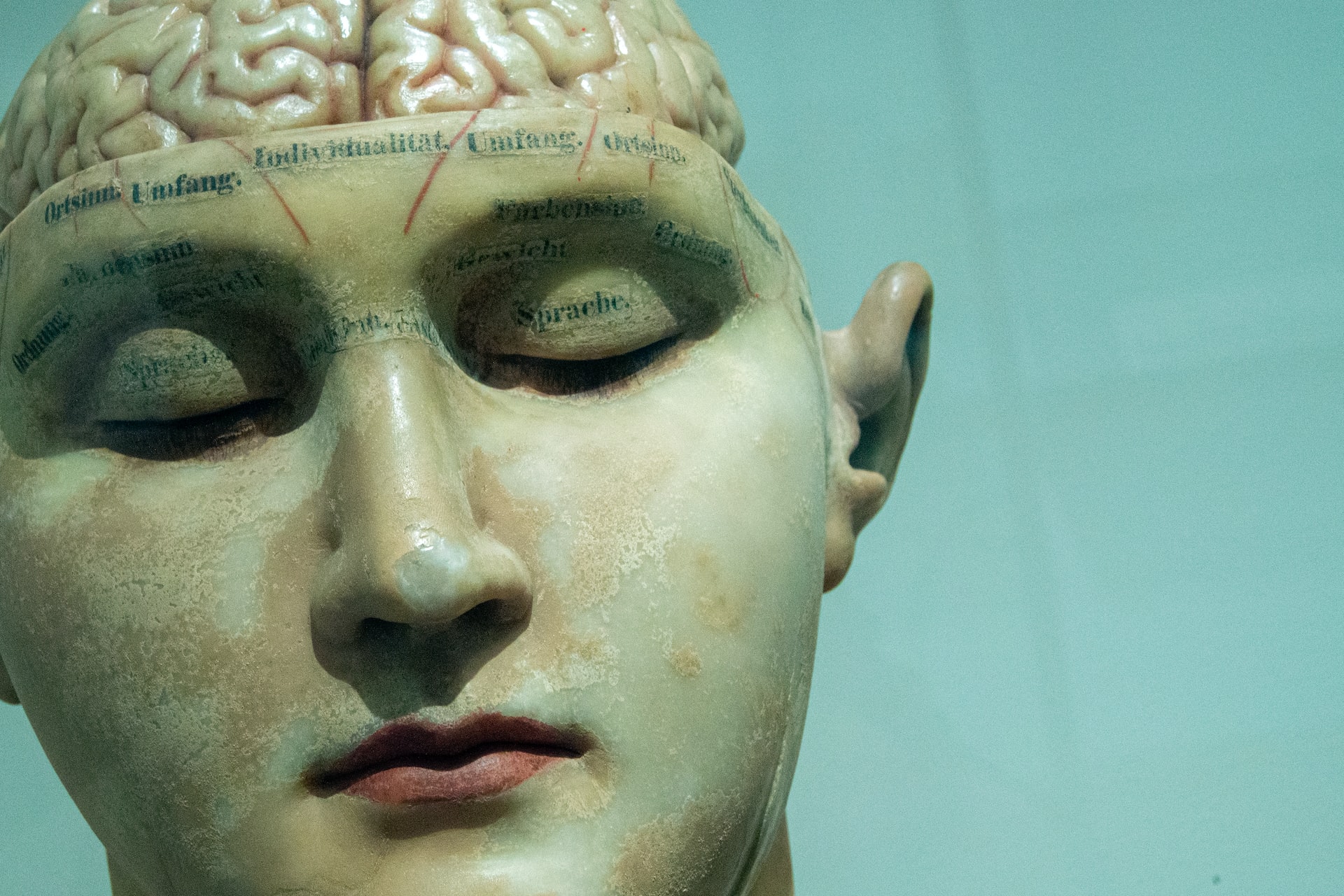Tell me about pain behind left eye aneurysm
Pain behind the left eye can be a symptom of an aneurysm, a potentially life-threatening condition that requires immediate medical attention. An aneurysm is a bulging or weakened spot in the wall of a blood vessel, which can rupture and cause bleeding into the surrounding area. The pain behind the left eye from an aneurysm is often described as a sharp, intense headache that comes on suddenly and may be accompanied by other symptoms.
The exact cause of aneurysms is not fully understood, but there are certain risk factors that can increase the likelihood of developing one. These include high blood pressure, smoking, family history of aneurysms, and certain medical conditions such as connective tissue disorders or brain tumors. Aneurysms can occur in any blood vessel in the body, but they are most commonly found in the brain.
When an aneurysm occurs near the left eye, it can put pressure on the nerves and surrounding tissues, causing pain and other symptoms. The location of the aneurysm can also affect the type of pain experienced. For example, if the aneurysm is in the back of the eye area, it may cause pain in the back of the head or neck, while an aneurysm near the front of the eye may cause pain in the forehead or temple.
The pain behind the left eye from an aneurysm is often described as a throbbing or pulsating sensation that can be severe and debilitating. It may come on suddenly and without warning, and can last for hours or even days. This type of headache is often referred to as a “thunderclap headache” because of its sudden and intense nature.
In addition to the headache, there are other symptoms that may be present with an aneurysm. These can include blurred vision, dilated pupils, drooping eyelid, numbness or weakness on one side of the face, and difficulty speaking. If the aneurysm ruptures, the pain may become excruciating and could lead to loss of consciousness.
If you experience any of these symptoms, it is important to seek medical attention immediately. A ruptured aneurysm is a medical emergency and requires prompt treatment to prevent further damage and potentially save your life.
To diagnose an aneurysm, a doctor will typically perform a physical exam and order imaging tests such as a CT scan, MRI, or angiogram. These tests can help determine the size and location of the aneurysm and whether or not it has ruptured.
Once an aneurysm is diagnosed, treatment options will depend on the size and location of the aneurysm, as well as the overall health of the patient. In some cases, the aneurysm may be small enough that it does not require immediate treatment, but will be closely monitored by a doctor. Other times, surgery may be necessary to repair the aneurysm and prevent it from rupturing.
Prevention of aneurysms involves controlling the risk factors that can increase the likelihood of developing one. This includes maintaining a healthy blood pressure, quitting smoking, and managing underlying medical conditions. If you have a family history of aneurysms, it is important to discuss this with your doctor so that they can monitor your health closely and provide appropriate preventative measures.
In conclusion, pain behind the left eye can be a warning sign of an aneurysm, a potentially life-threatening condition. It is important to seek immediate medical attention if you experience this type of pain, as well as other symptoms such as blurred vision or difficulty speaking. With prompt diagnosis and treatment, aneurysms can be effectively managed and their potential risks minimized. Remember to take care of your overall health and discuss any concerns with your doctor to lower your risk of developing an aneurysm.





